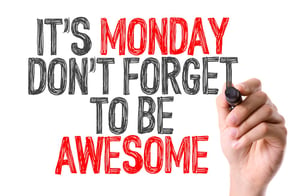Reading time: 3 minutes
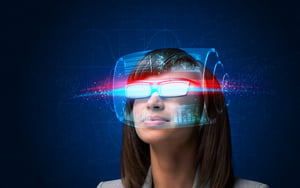
Artificial Intelligence (AI) offers great and unlimited opportunities for businesses. However, there are growing concerns that the AI revolution may highly disrupt conventional hiring and work practices. For example, there are genuine worries that further developments and implementation of AI will leave many people out of jobs, or render their roles obsolete due to the reason that their roles become increasingly automated.
In today's article, we look at how AI is changing your workplace.


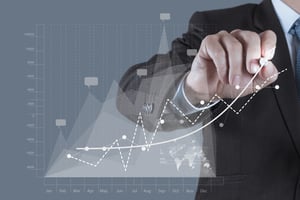 With modern technologies, workforce analytics is no longer a myth and a thing of the past. Instead, it has matured and evolved into a trend which business leaders and decision-makers should not neglect. In today's post, we look at some of the important trends of workforce analytics and its general direction.
With modern technologies, workforce analytics is no longer a myth and a thing of the past. Instead, it has matured and evolved into a trend which business leaders and decision-makers should not neglect. In today's post, we look at some of the important trends of workforce analytics and its general direction.  In the last entry, we discussed how modern workforce analytics, such as
In the last entry, we discussed how modern workforce analytics, such as  Workforce analytics is a combination of software solution and statistical methodology that applies certain work patterns and models to staff-related data. These sets of prefixed data allow business leaders and decision-makers to optimize human resource management.
Workforce analytics is a combination of software solution and statistical methodology that applies certain work patterns and models to staff-related data. These sets of prefixed data allow business leaders and decision-makers to optimize human resource management.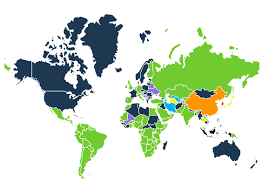
 Operational excellence and providing tip-top customer service are some of the top priorities by many companies and businesses. With rapid globalization, a company's top and bottom-line are of utmost importance to the decision makers. Because of this reason, both tangible and intangible resources must be used as efficiently as possible.
Operational excellence and providing tip-top customer service are some of the top priorities by many companies and businesses. With rapid globalization, a company's top and bottom-line are of utmost importance to the decision makers. Because of this reason, both tangible and intangible resources must be used as efficiently as possible.  WorkforceOptimizer dynamically redeploy workforce based on unplanned events (sick leave, workload fluctuations) in real-time.
WorkforceOptimizer dynamically redeploy workforce based on unplanned events (sick leave, workload fluctuations) in real-time.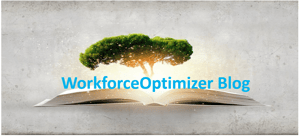 Workforce scheduling is one of the most important elements of workforce management strategy. As easy as it may seems to be, however, it is not. Most HR personnel are still having a lot of problems with optimizing staffing and employee roster planning, allocation of work resources.
Workforce scheduling is one of the most important elements of workforce management strategy. As easy as it may seems to be, however, it is not. Most HR personnel are still having a lot of problems with optimizing staffing and employee roster planning, allocation of work resources. 